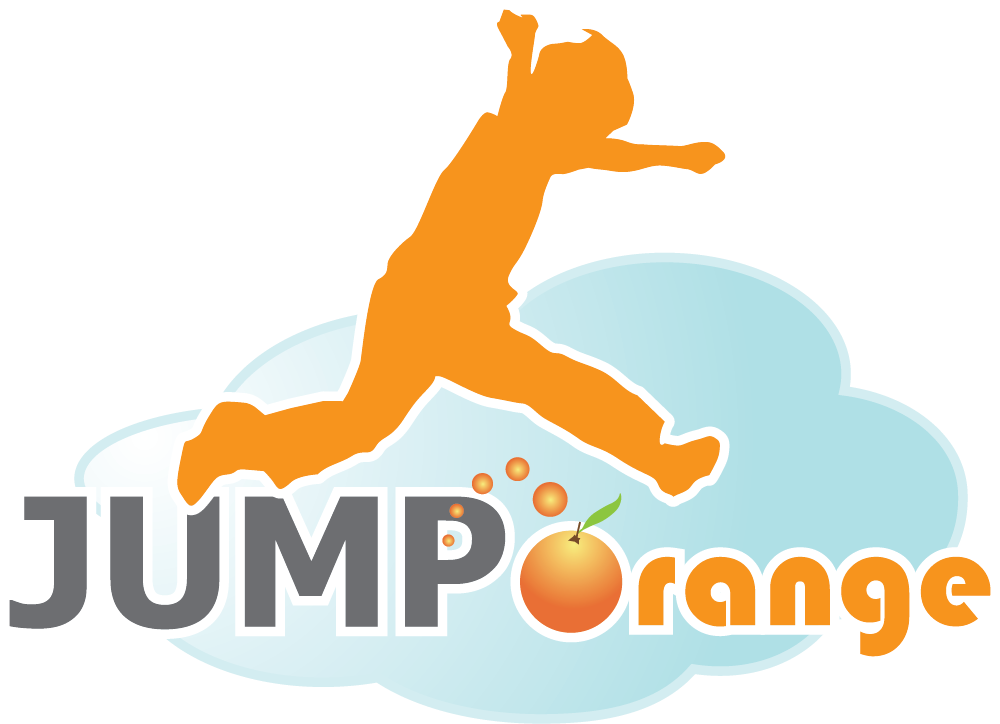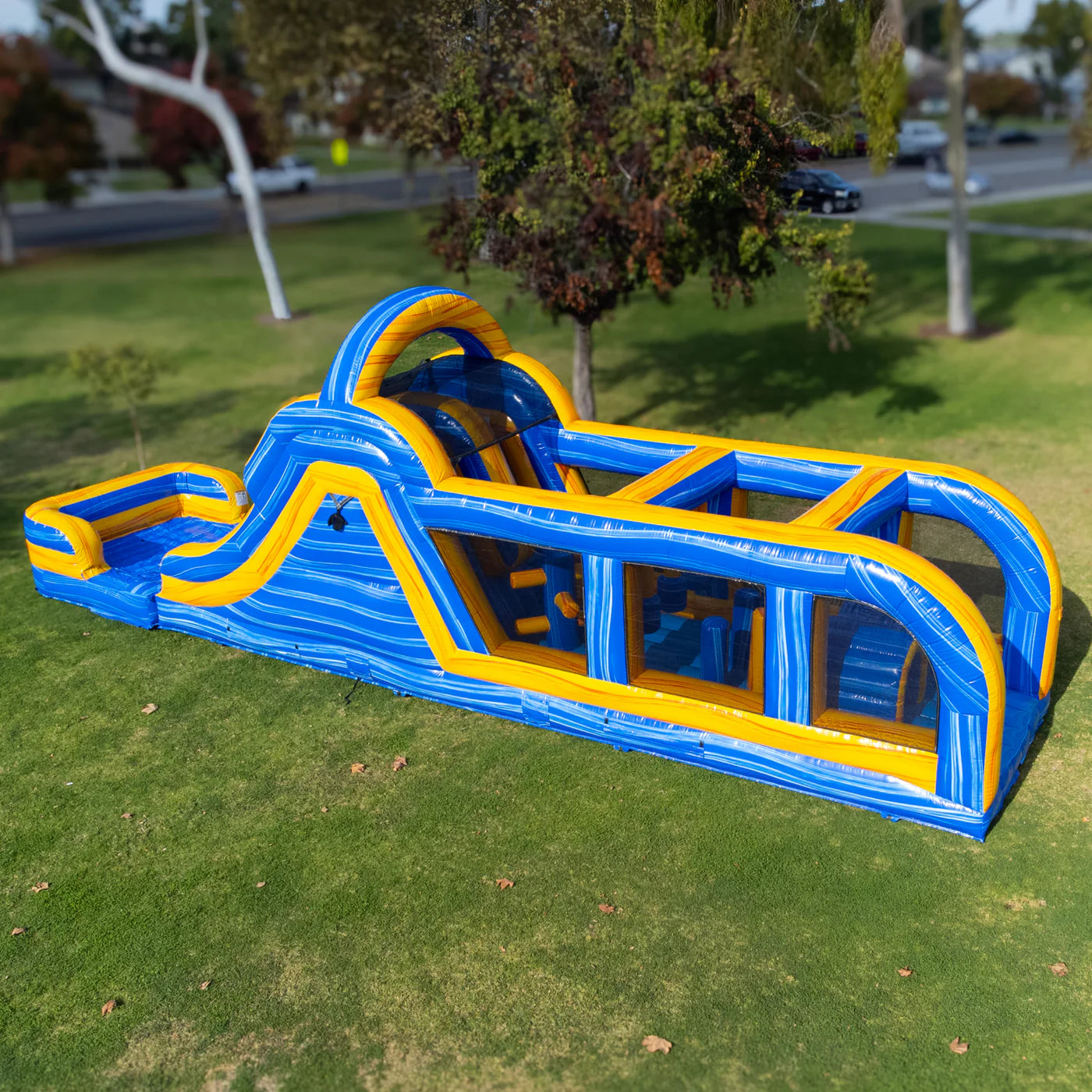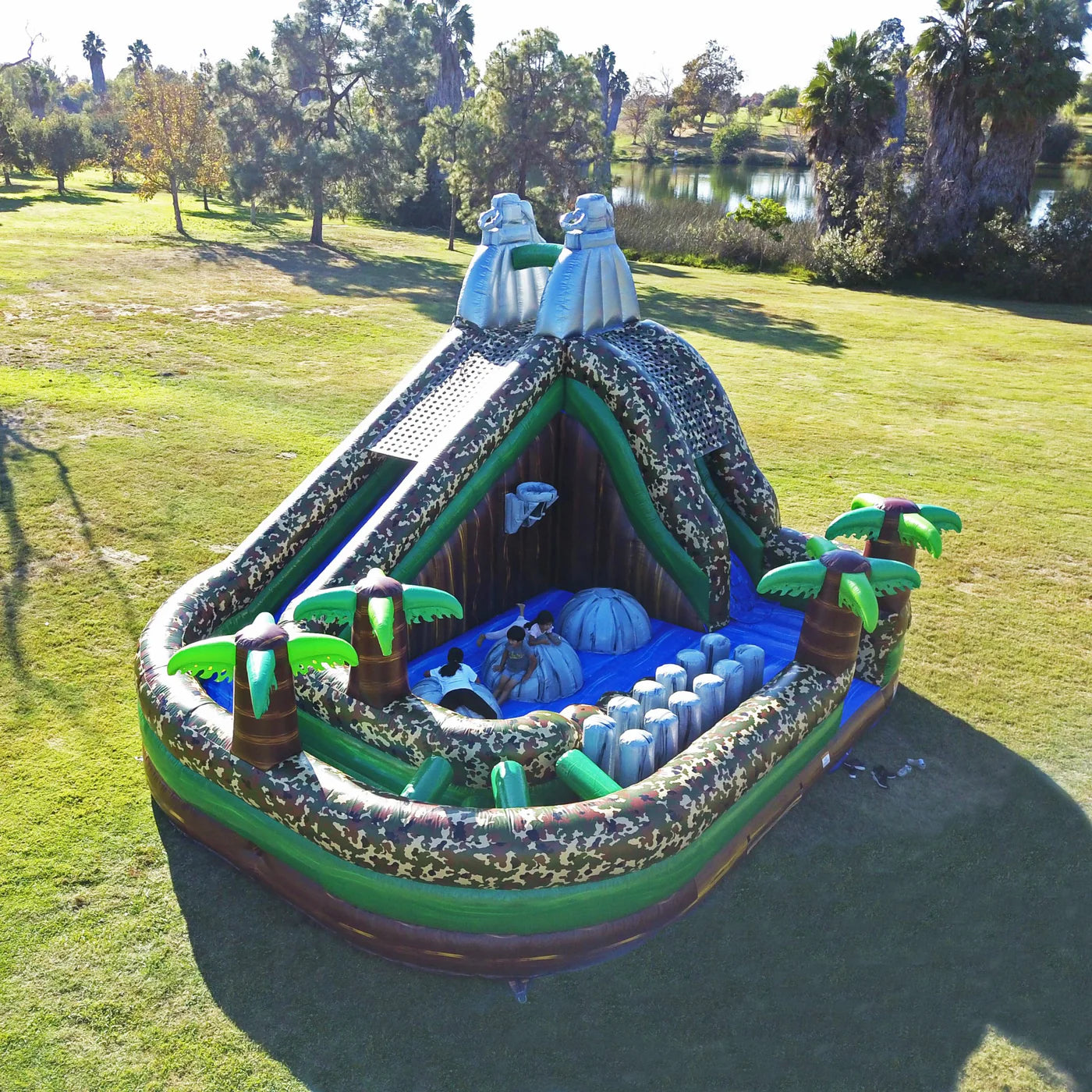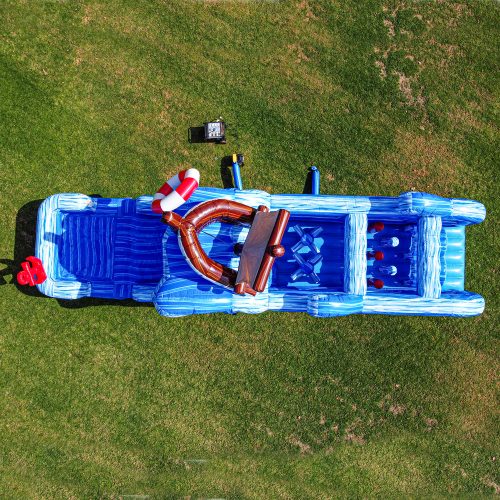Key Takeaways:
- Inclusive obstacle courses benefit everyone. They promote participation, foster inclusivity, and enhance development.
- Accessibility is crucial. Design courses with wide paths, adjustable heights, sensory-friendly zones, and clear instructions.
- Creative ideas are essential. Incorporate tunnels, balance beams, inflatables, and themed elements.
- Planning is key. Assess the terrain, include diverse challenges, and provide rest areas.
- Accessibility extends to home environments. Use backyard obstacle course ideas with affordable materials for inclusive play.
Designing an inclusive obstacle course for students with diverse needs can be both a rewarding and essential initiative for schools. By ensuring that every student, regardless of ability, can participate and enjoy active play, we create environments that foster inclusivity, teamwork, and physical development.
In this blog, we’ll explore creative ways to design school obstacle course ideas that cater to all abilities, incorporating inflatable obstacle course elements and simple kids' obstacle course ideas.
Whether you’re planning an elaborate outdoor obstacle course or looking for easy obstacle course setups for younger children, it’s essential to focus on accessibility and fun.
Why Accessibility Matters in School Obstacle Courses
When planning school obstacle course ideas, it’s important to understand why accessibility matters. Children of all physical abilities should be able to enjoy the same level of fun and activity. By making obstacle courses accessible, you:
- Encourage Active Participation: An inclusive approach ensures every child can participate, boosting confidence and promoting social interaction.
- Foster Inclusivity: Designing an obstacle course with accessibility in mind sends a powerful message about the importance of inclusivity and equality in education.
- Enhance Physical and Cognitive Development: A well-designed obstacle course for preschool or elementary-aged children can help develop motor skills, coordination, and problem-solving abilities.
Now, let’s dive into some practical outdoor obstacle course ideas that cater to different needs.
5 Key Elements of Accessible Obstacle Courses
To ensure accessibility, it’s essential to include certain design elements when planning your school obstacle course ideas:
- Wide, Clear Pathways: Make sure the obstacle course has wide, unobstructed paths to accommodate children using mobility aids.
- Adjustable Heights: Incorporate obstacles that allow for adjustable heights so that students with different abilities can participate.
- Sensory-Friendly Zones: Create sensory play zones with textured surfaces, sounds, or visual stimuli for children with sensory processing challenges.
- Inclusive Challenges: Include a mix of physical, cognitive, and sensory challenges so that children with various strengths can engage in activities.
- Clear Instructions and Visual Aids: For children with learning or communication challenges, clear instructions or visual aids can help them understand how to navigate the obstacle course.
These elements can help ensure your kids' obstacle course ideas are inclusive and accessible to all students, allowing for a fun and supportive experience.
Creative and Accessible School Obstacle Course Ideas
When planning your school obstacle course ideas, consider activities that can easily be adapted for diverse needs. Below are some engaging and inclusive activities:
- Tunnel Crawls: Use inflatable or fabric tunnels that are wide and low to the ground, allowing children to crawl or move through them. These are ideal for an obstacle course toddler setup as well.
- Balance Beams: Include wide beams or low planks for children to walk across or scoot along, depending on their ability level.
- Inflatable Obstacle Course: Incorporate an inflatable obstacle course that has soft landings and varied challenges, ideal for creating a safe environment for all.
- Hopscotch Mats: Use colorful, large hopscotch mats for children to hop, roll, or step through at their own pace.
- Sensory Stations: Include areas where children can interact with sensory elements like textured mats, sound tubes, or visual stimuli.
These easy obstacle course ideas can be implemented on a school field or playground, ensuring all children have the opportunity to participate in the fun.
Plan an Inclusive Outdoor Obstacle Course
When creating outdoor obstacle course ideas, especially for school-wide events, it’s important to balance fun and accessibility. Here’s a checklist to help you get started:
- Assess the Terrain: Choose an area that’s flat and easy to navigate for all children, especially those using wheelchairs or walkers.
- Mix Physical and Cognitive Tasks: Incorporate both physical challenges and mental puzzles to engage different types of learners.
- Use Lightweight Equipment: Use lightweight, portable equipment like inflatable obstacles or soft, movable elements to make the course adaptable.
- Adapt Challenges for Multiple Abilities: Ensure that each obstacle can be completed by children of all physical abilities, either by adjusting the difficulty or offering alternative methods to complete it.
- Incorporate Rest Areas: Make sure to include shaded rest areas or low-stimulation zones for children who may need breaks.
This type of obstacle course can be both fun and engaging for children of all ages and abilities.
Budget-Friendly Backyard Obstacle Course Ideas
If you're thinking of bringing these ideas into a smaller, more intimate setting like a home or local event, there are also many backyard obstacle course ideas that can be tailored for accessibility. Here are a few ways to create an inclusive and fun home obstacle course on a budget:
- Pool Noodles for Hurdles: Use pool noodles as lightweight and soft hurdles for kids to step over or crawl under.
- Chalk or Tape Courses: Draw a simple path or series of challenges on the ground using sidewalk chalk or tape. This is a great way to create an obstacle course for toddlers or preschoolers.
- DIY Balance Boards: Create balance challenges using wooden planks or boards placed on the ground.
- Simple Sensory Challenges: Use items like textured mats or different surfaces for children to walk on for a sensory experience.
- Inflatable Obstacles: For a low-cost, high-impact addition, you can introduce an inflatable obstacle course that fits in most backyard spaces.
By using affordable, accessible materials, you can transform your yard into a fun and engaging space for children of all abilities.
Encourage Participation and Collaboration
One of the main goals of creating an inclusive school obstacle course or preschool obstacle course is to foster a sense of community among students.
By designing obstacles that require teamwork or collaboration, you encourage students to work together and support each other.
For example:
- Partner Challenges: Create stations where children must complete a task with a partner, such as carrying an object across a course together.
- Group Races: Organize relay races or group challenges that rely on collective effort rather than individual performance.
This not only helps build social skills but also ensures that children with different strengths can help each other succeed.
Create Fun and Accessible Play for All with JumpOrange!
At JumpOrange, we offer a wide selection of inclusive sports inflatable play equipment that ensures every child can participate and have fun.
Whether you’re looking for inflatable obstacle courses or custom-designed solutions, we have the tools and expertise to help you create an engaging and accessible play area.
Get in touch with us today to explore our range of products and find the perfect fit for your needs. Call us at 877-388-5867 and let JumpOrange help you bring your vision of inclusive and exciting play to life!




Leave a comment
This site is protected by hCaptcha and the hCaptcha Privacy Policy and Terms of Service apply.